I have an AC 3 phase delta connected submersible induction motor with specifications 440 V, 10.5 A, 5 HP, 2800 RPM which is already fitted with a 3 phase PF correcting capacitor in parallel. The capacitor specification is 415 V, 3 kVAR, 4.2 A, 3×18.5 uF, ∆ connection.
The 3 phase AC supply system has a supply voltage range between 380-440 V and a frequency of 50 Hz. This motor is used to pump water from a depth of 45 ft inside a well, so it is always a loaded motor. The operating current at this load when there is 3 phase supply is 7 A approximately at each phase.
Currently, I am trying to implement the 2 phase to 3 phase conversion using capacitors when there is a phase failure. In this process, I used a 50 uF capacitor for starting and 2 parallel connected 36 uF capacitors for running the motor. As a result, I get the phase currents as 15 A, 8 A, 6 A which is not a balanced currents. Moreover I get 15 A which will damage the coil of the motor.
My requirement is that I need a formula to calculate the capacitance of the capacitors that will properly convert 2 phase AC supply to 3 phase supply. That is, how much MFD must be used to start the motor and how much MFD must be used to run the motor with atleast a nearly balanced current in every phase.
Note:
I don't want to use VFD or something similar to that. I have to achieve the conversion only through capacitors currently.
Is it mandatory to use a separate start capacitors to start the motor every time why it is not possible to achieve the same by using run capacitors alone? Currently, I will disconnect the start capacitors using a switch every time after the motor has started. The reason why I am asking this is that I don't want an extra task to start the motor other than switching on the motor starter.
Currently, I am connecting capacitors only between the failed phase and one of the available phases. Do I need to connect capacitors between the two available phases, too?
It's a pretty urgent need so I need a speedy solution.


